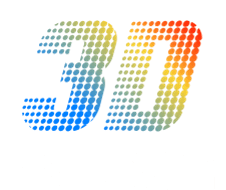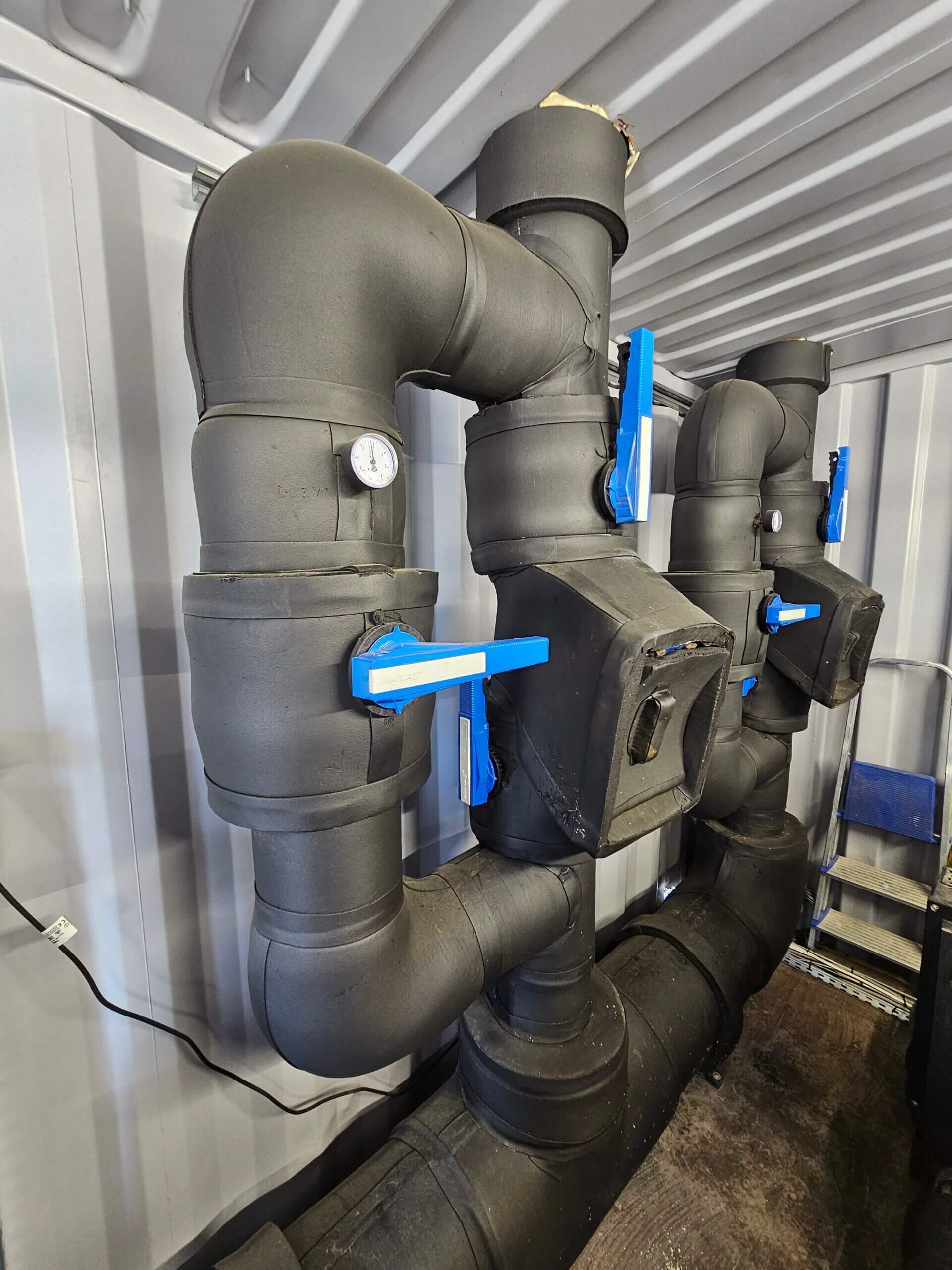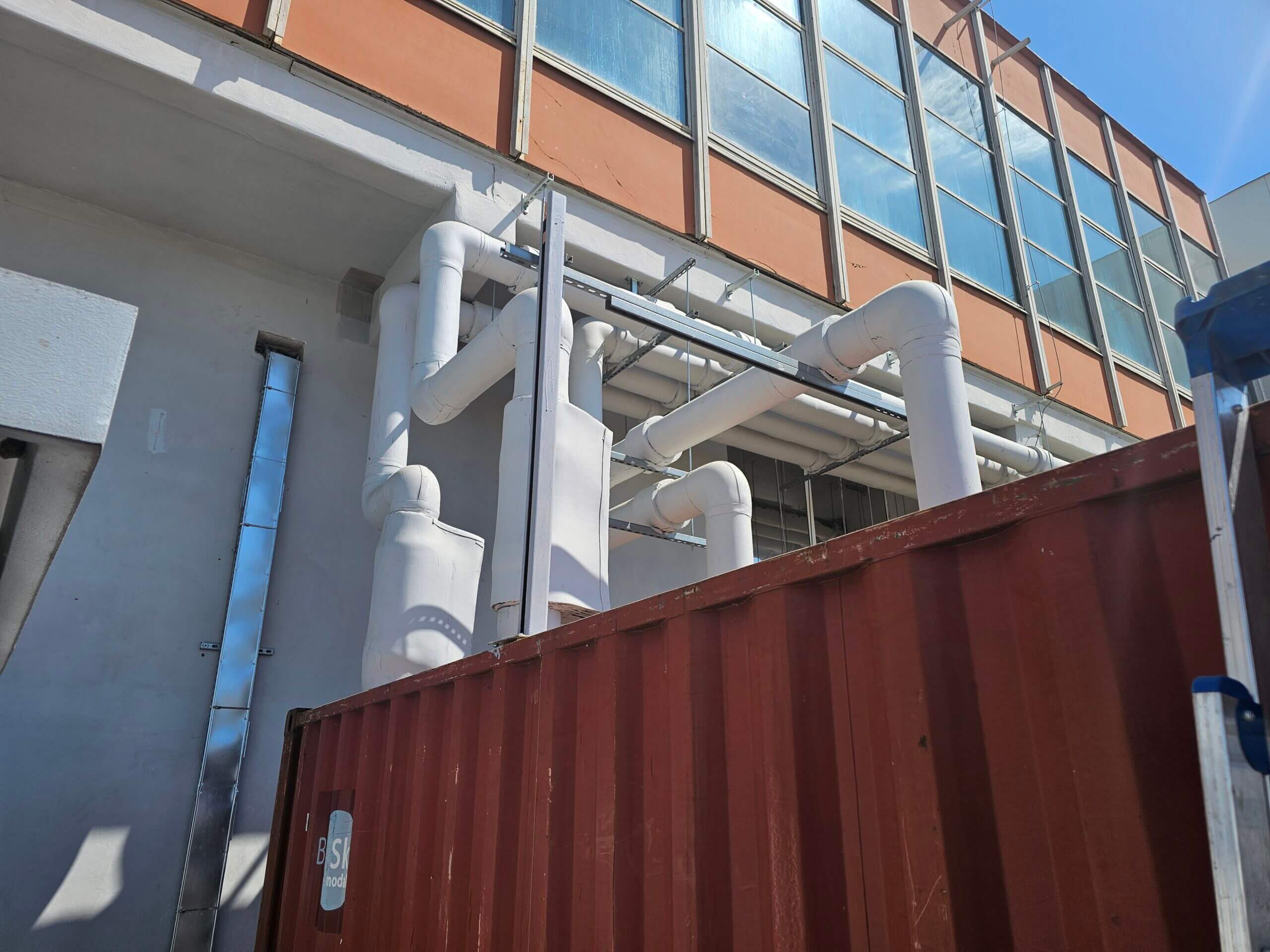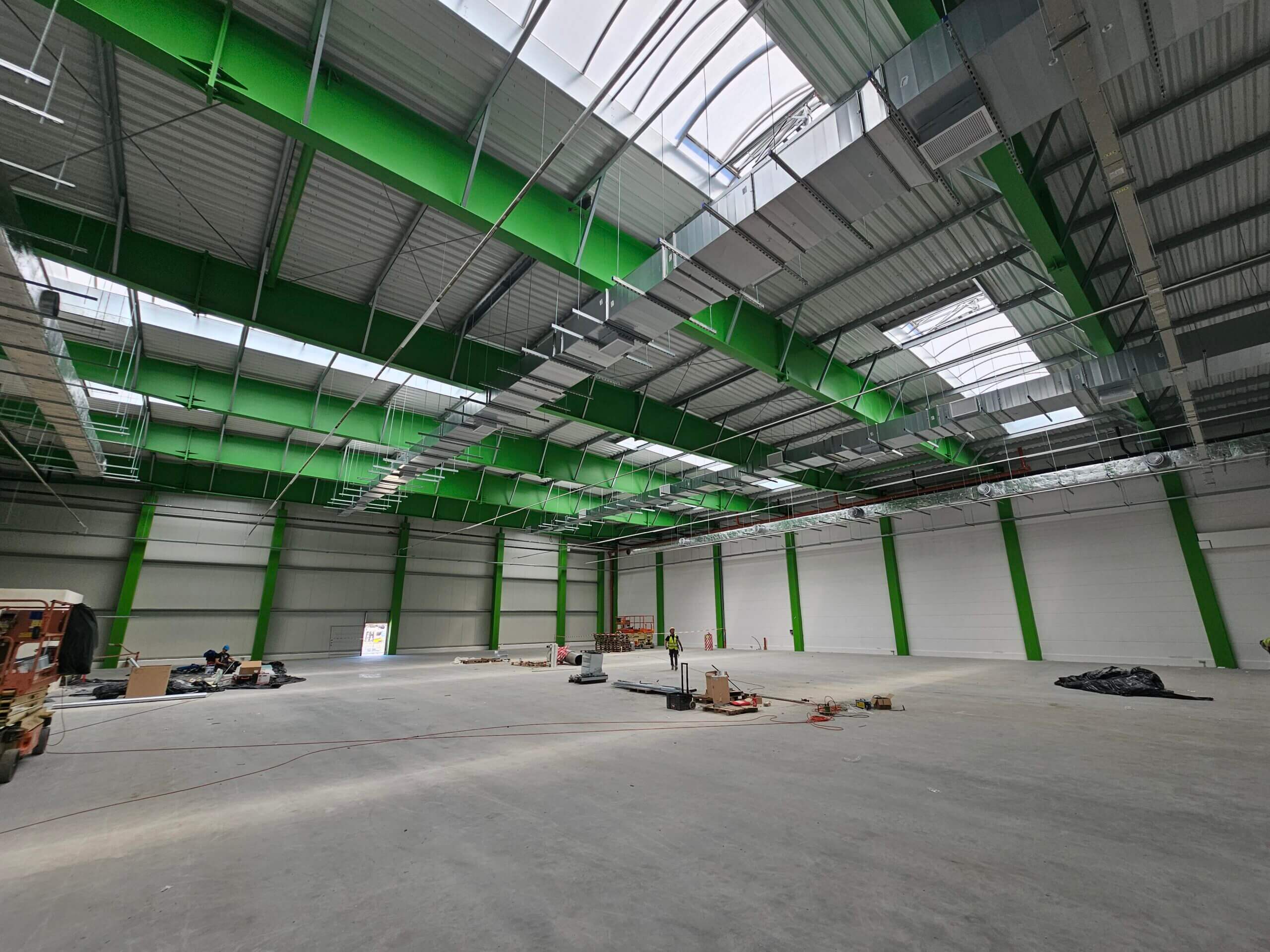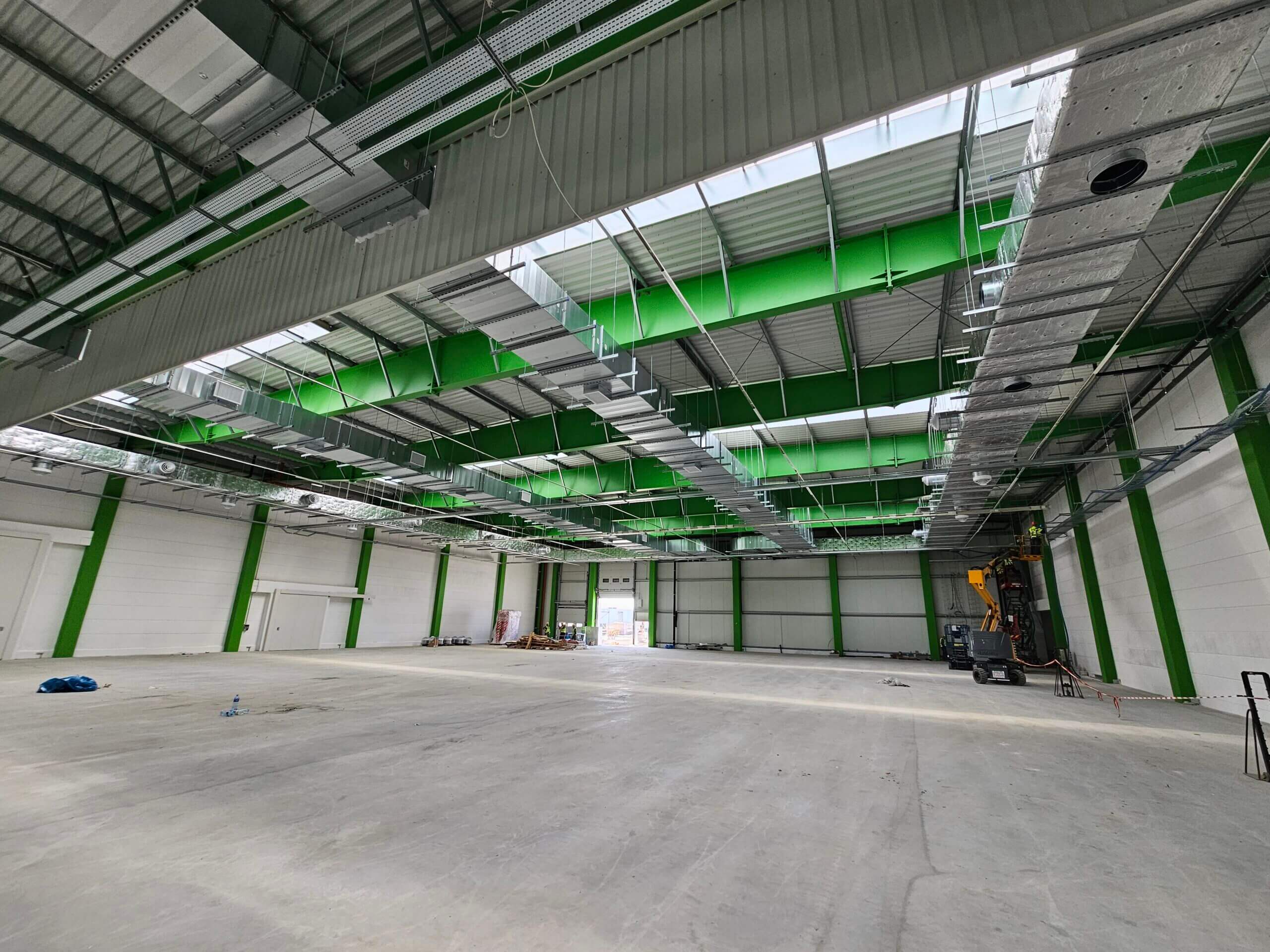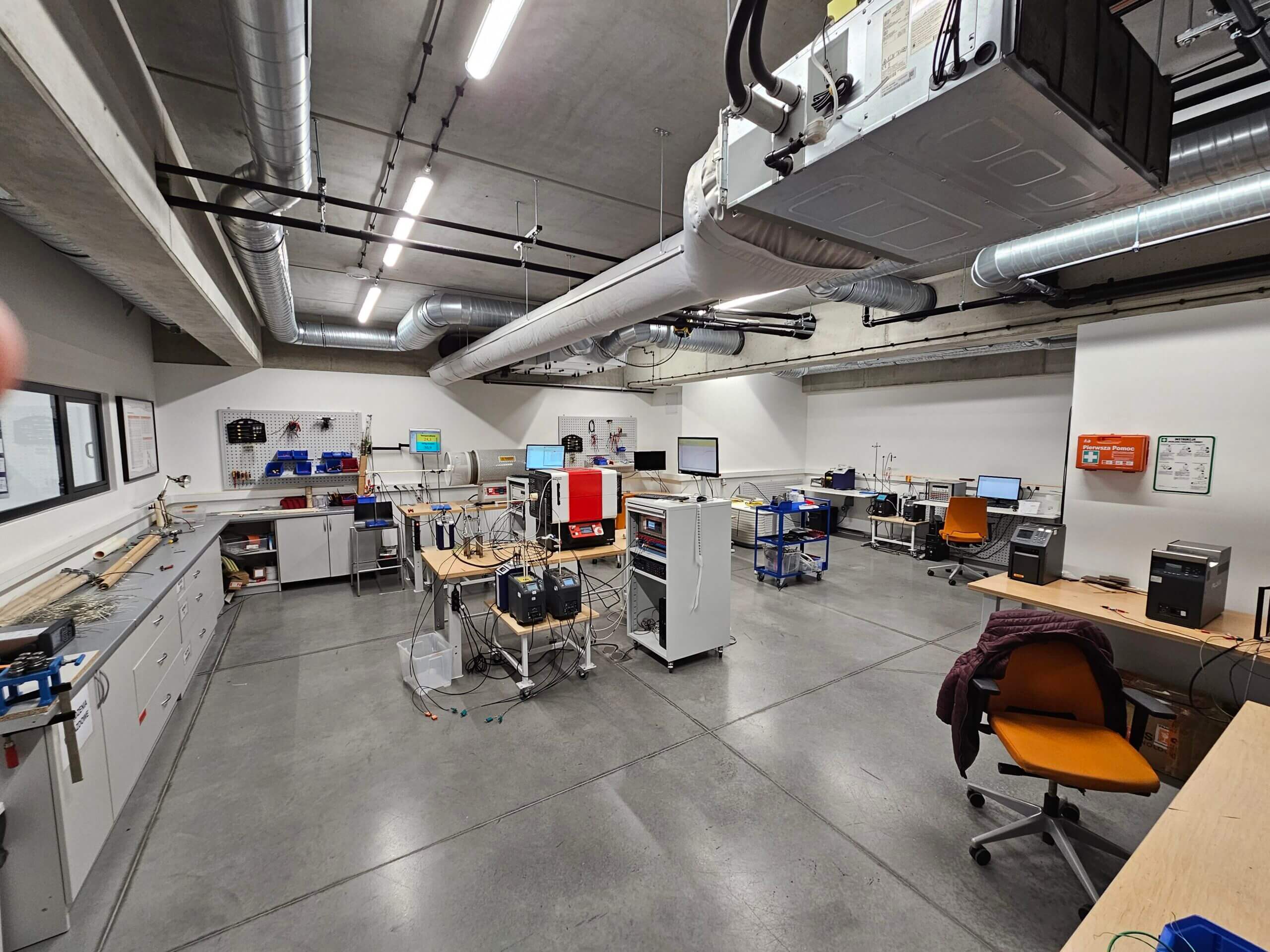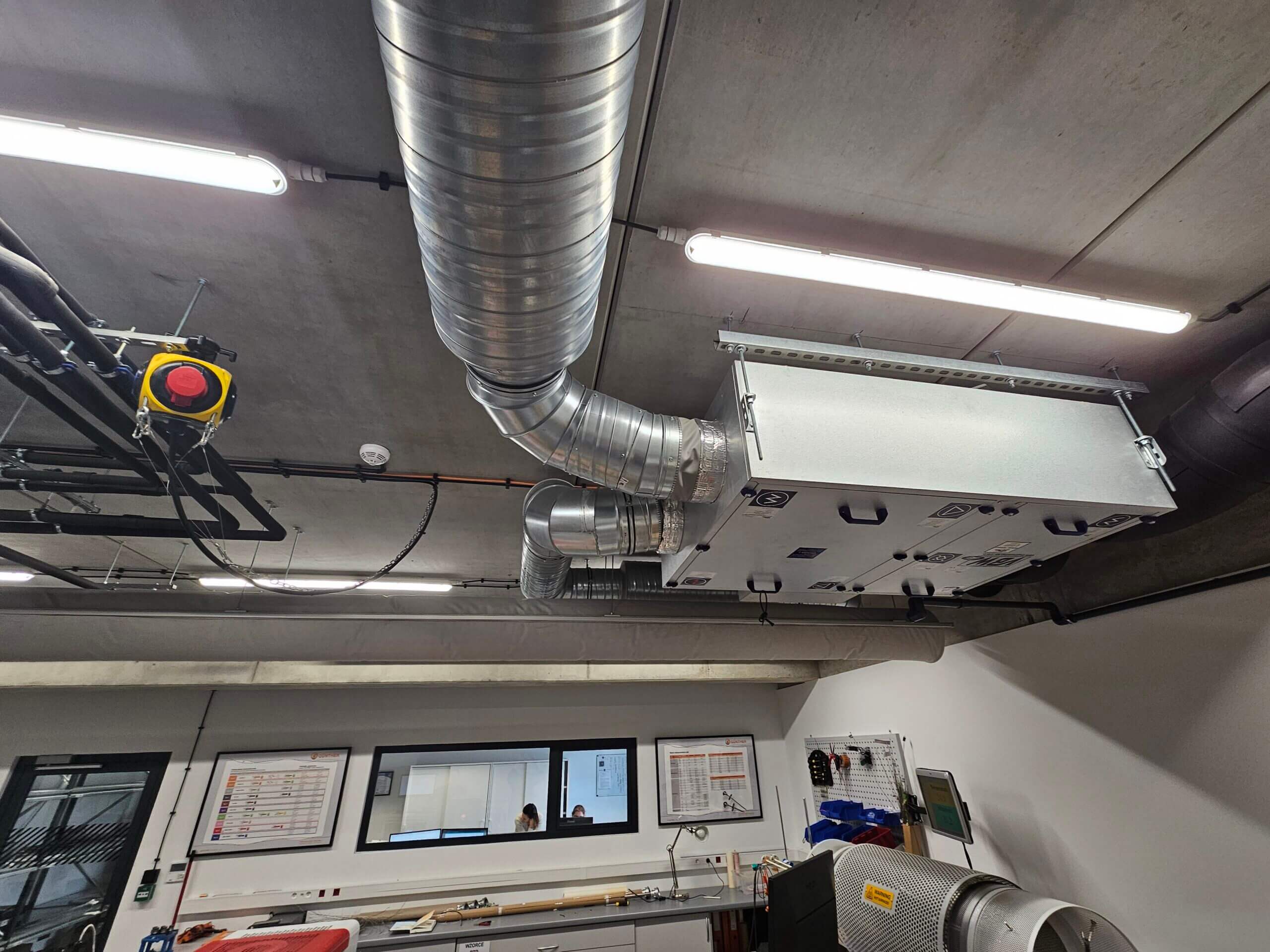Energy Recovery
Maximizing Efficiency, Reducing Waste, and Saving Costs.
What is Energy Recovery?
Energy recovery is the process of capturing waste energy from a system and converting it into usable energy, helping to improve overall efficiency and reduce energy costs. By reclaiming and reusing energy that would otherwise be lost as heat, sound, or pressure, businesses can enhance sustainability, reduce operational expenses, and decrease their carbon footprint. At 3D Energy Tech, we specialize in designing and implementing energy recovery solutions tailored to the unique needs of your facility, ensuring you make the most of every resource.
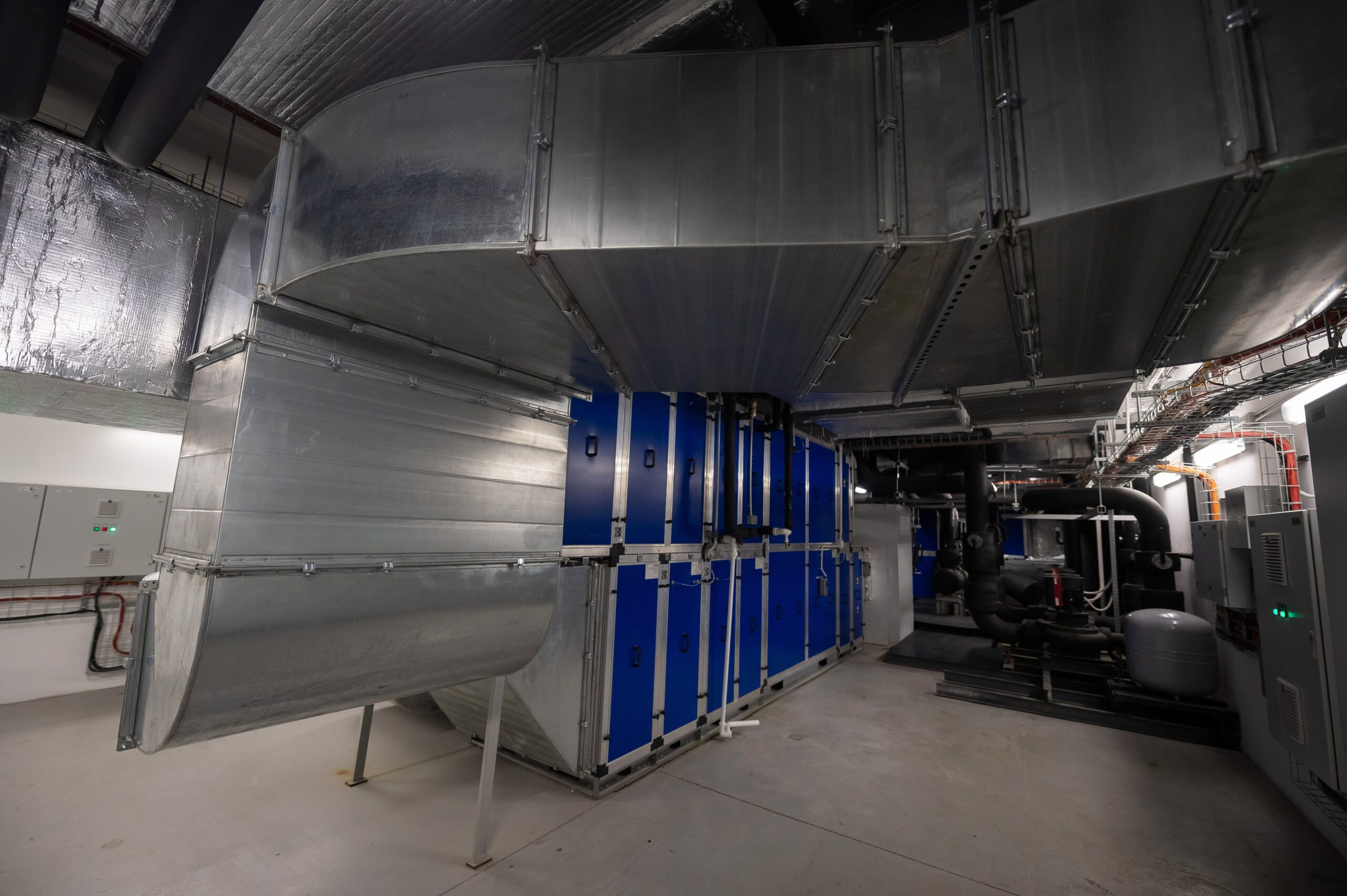
Types of Energy Recovery Systems
1. Heat Recovery Ventilation (HRV) Systems
• How It Works: HRV systems capture waste heat from exhaust air in commercial and residential buildings and use it to preheat incoming fresh air. This process reduces the need for heating systems and increases energy efficiency.
• Applications: Offices, schools, hospitals, and commercial buildings.
• Benefits: Improves indoor air quality while reducing energy consumption by recovering heat from exhaust air.
2. Waste Heat Recovery Systems (WHR)
• How It Works: Waste heat recovery captures excess heat from industrial processes or HVAC systems (such as boilers or furnaces) and converts it into useful energy, such as hot water or steam. This can then be used to preheat incoming fluids or provide heating for other areas of the facility.
• Applications: Industrial plants, power stations, chemical processing, food production.
• Benefits: Reduces fuel consumption, cuts operating costs, and lowers environmental impact by utilizing waste heat.
3. Combined Heat and Power (CHP) Systems
• How It Works: CHP systems, also known as cogeneration systems, simultaneously generate electricity and useful heat from a single energy source. The heat generated during electricity production is captured and used for heating purposes or other processes, ensuring maximum energy efficiency.
• Applications: Large industrial plants, commercial buildings, hospitals, universities.
• Benefits: High overall efficiency, reduced energy costs, and a lower carbon footprint by maximizing fuel use.
4. Regenerative Thermal Oxidizers (RTO)
• How It Works: RTOs are used to capture and reuse waste heat from exhaust gases. They are typically used in industrial applications where high-temperature exhaust gases need to be cleaned and heated for reuse.
• Applications: Chemical manufacturing, food processing, and other industries with high-temperature exhaust streams.
• Benefits: Efficient waste heat recovery, improved air quality, and reduced emissions.
5. Turbine and Compressor Energy Recovery
• How It Works: In applications with steam turbines or gas compressors, excess energy (usually mechanical or thermal) is recovered and converted into electricity or used in other parts of the process.
• Applications: Power generation, petrochemical plants, and large-scale industrial facilities.
• Benefits: Significantly reduces energy consumption by capturing otherwise wasted energy.
6. Pressure Recovery Systems
• How It Works: These systems recover energy from high-pressure fluid or gas streams (such as in pumping systems), turning the pressure differential into mechanical energy that can be reused.
• Applications: Water and wastewater treatment plants, oil & gas industry, food and beverage processing.
• Benefits: Reduces the energy needed to pump fluids, leading to cost savings and enhanced operational efficiency.
Benefits of Installing Such Systems
• Reduced Energy Consumption: By recovering and reusing waste energy, facilities can significantly reduce their reliance on external energy sources, leading to lower utility bills and more sustainable operations.
• Cost Savings: Energy recovery systems provide long-term financial savings by decreasing energy usage, optimizing processes, and extending the lifespan of equipment.
• Sustainability: These systems reduce the environmental impact by lowering greenhouse gas emissions and improving energy efficiency.
• Improved Process Efficiency: Energy recovery often leads to more consistent performance in industrial processes, reducing downtime and maintenance costs.
• Regulatory Compliance: Many energy recovery solutions help businesses meet regulatory requirements related to energy efficiency, emissions, and environmental impact.
• Increased Resilience: By diversifying energy sources and recovering waste energy, businesses can create more resilient and self-sufficient energy systems.
Applications of Energy Recovery Systems
Energy recovery systems can be applied across a wide range of industries and facilities, including:
• Industrial Facilities: Manufacturing processes that produce heat as a byproduct can benefit from waste heat recovery, reducing the need for additional heating and improving overall process efficiency.
• Commercial Buildings: HRV and WHR systems in office buildings, hospitals, and schools can recover energy from ventilation and heating systems to improve efficiency and reduce energy costs.
• Power Plants: Combined Heat and Power (CHP) systems help reduce fuel consumption and improve the efficiency of power generation processes.
• Food & Beverage Processing: Energy recovery in food processing operations can help reduce energy costs by utilizing waste heat for preheating or other processes.
• Chemical and Petrochemical Industries: RTOs and other waste heat recovery technologies are used to clean exhaust gases and recover heat for reuse in chemical processing, leading to better efficiency and lower emissions.
Why Choose 3D Energy Tech?
• Expert Design and Integration: Our team specializes in designing energy recovery systems that are customized to your facility’s needs, ensuring optimal performance and cost savings.
• Energy Efficiency Focus: We prioritize systems that maximize energy recovery, minimize waste, and help you achieve long-term sustainability goals.
• Comprehensive Solutions: From consultation and system design to installation and ongoing maintenance, we offer a full range of services to ensure your energy recovery system operates at peak efficiency.
• Sustainability Commitment: Our energy recovery solutions are designed with a focus on reducing your environmental impact and helping you meet sustainability targets.
• Proven Success: We have a track record of helping businesses in various industries reduce their energy consumption, cut costs, and improve efficiency through energy recovery.
Ready to Maximize Your Energy Efficiency?
By recovering and reusing waste energy, you can significantly reduce costs, improve your operational efficiency, and contribute to sustainability. Let 3D Energy Tech help you design and implement an energy recovery system tailored to your needs.

